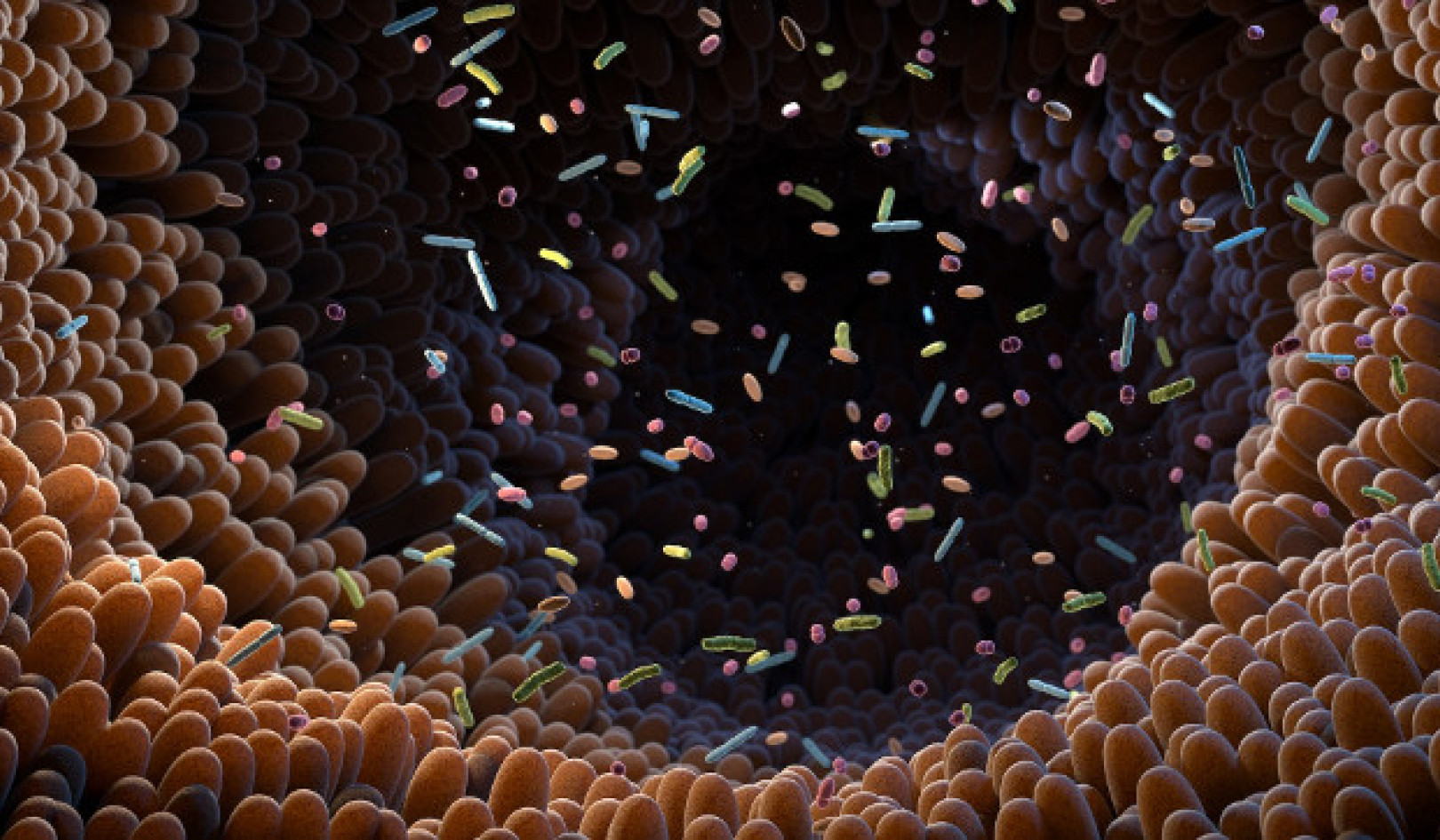
Vaping marijuana instead of smoking an equal dose increases short-term anxiety, paranoia, memory loss, and distraction, a small study of infrequent users suggests.
The findings, described in the journal JAMA Network Open, highlight the importance of dose to the perception that vaping is a safer alternative to smoking cannabis, the researchers say.
Vaping devices heat cannabis to a temperature at which the mind-altering compounds in the plant are released as a vapor that the user inhales. Vaping is thought to be safer in some ways for cannabis and tobacco use because it doesn’t produce many of the harmful components of burning material, such as tar and other cancer-causing agents.
But the study suggests that at least for first-timers or others who don’t use cannabis regularly, vaping delivers greater amounts of THC, which increases the likelihood of adverse reactions, say researchers.
“What our study suggests is that some people who use cannabis infrequently need to be careful about how much cannabis they use with a vaporizer,” says Ryan Vandrey, associate professor of psychiatry and behavioral sciences at the Johns Hopkins School of Medicine. “They should not drive, even within several hours after use. It could be dangerous for themselves and others, and on top of that, they may experience negative effects such as anxiety, nausea, vomiting, and even hallucinations.”
Mystery doses
The researchers chose 17 volunteer participants who hadn’t used cannabis in the past 30 days and together on average hadn’t used in over a year.
In a controlled setting, each participant either smoked or vaped cannabis containing 0, 10, or 25 milligrams of THC, the active component in cannabis that gives people a high, in visits once a week over six weeks. The researchers say that 25 milligrams of THC is a relatively low dose, much less than is typically found in pre-rolled cannabis joints for sale at dispensaries where cannabis is legal.
The participants either smoked preloaded pipes or inhaled vapor from a vaporizer. Neither the participants nor the researchers knew the doses of THC delivered in a given test session.
During each session, the research team observed and assessed drug effects in the test subjects, including adverse reactions. They also measured vital signs such as heart rate and blood pressure and collected blood samples for eight hours.
Each participant also completed the Drug Effect Questionnaire—rating self-reported drug effects out of a score of 100—shortly after smoking and each hour for up to eight hours later. The survey assessed overall drug effect; feeling sick, anxious, hungry, sleepy, and restless; and experiencing heart racing, dry mouth, dry eyes, memory impairment, and coughing.
Results showed that a few minutes after smoking, those who vaped the 25-milligram THC dosage reported an average of 77.5 on the overall strength of the drug’s effect, meaning how high they felt, compared with an average of 66.4 reported by those who smoked the same dose. Participants who vaped 25 milligrams of THC reported about a 7 percent higher score on average for anxiety and paranoia. Those who vaped any dose of THC also reported higher levels of dry mouth and dry eyes than those who smoked it.
Next, the researchers compared the effects of vaping to smoking on participants taking the computerized Divided Attention Task, which required participants to track a square on a computer screen while also monitoring numbers in each corner of the screen. Accuracy fell far more when vaping 10 or 25 milligrams of THC than for smoking either dose.
“Our participants had substantially higher impairment on the tasks when vaping versus smoking the same dose, which in the real world translates to more functional impairment when driving or performing everyday tasks,” says postdoctoral fellow Tory Spindle, a researcher in the behavioral pharmacology research unit at Johns Hopkins Bayview Medical Center.
Long-term effects?
The researchers note that they could only detect THC in blood samples up to four hours after using, even though the participants reported the drug’s effects lasted five or six hours. The researchers say this suggests that blood testing isn’t an accurate way to tell if someone is high or perhaps driving under the influence.
Vandrey cautions that the study involved only a small number of younger adults and lasted only six weeks. “We still don’t have a full look at the long-term effects of vaping, such as whether there is a risk for chronic bronchitis, and more work needs to be done on that front,” he says.
It is important to note that these effects were observed in individuals who don’t use cannabis very often, and may not extend to people who use cannabis routinely; they may have developed tolerance to these effects and also may be better able to regulate their dose.
In recent years, Canada and several US states including Washington, California, Colorado, and Massachusetts have legalized cannabis for recreational use. Thirty-two states have made cannabis available with a doctor’s prescription, including Maryland, where the research took place.
Other members of the research team were from Johns Hopkins, RTI International, and the Substance Abuse and Mental Health Services Administration. SAMHSA funded the research.
Source: Johns Hopkins University
Related Books
at InnerSelf Market and Amazon

























